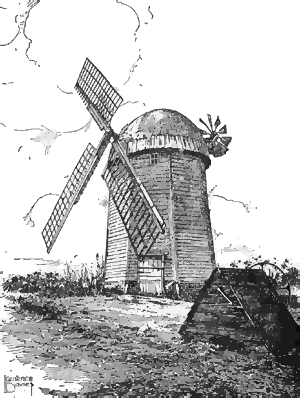 |
 |
|||
|
|
 East
Ilsley East
IlsleySheep Farming Capital of Britain Thorn Down in the parish may be all that remains to remind us of the place called Nachethorne after which the local hundred (later called Compton) was named. There was said to have once been a substantial town there, which could have been the site of the Battle of Ashdown. Prince (later King) Alfred crushed the invading Danish army (AD 871) on a battlefield dominated by a prominent thorn tree. One derivation of Ilsley could, in fact, be Hilde-Laege or “Place of Conflict”. The manor of 'Ilsley' (now Manor Farm) was for many centuries the residence of the Hildesley or Ilsley family, named after their very home. There is a late brass plaque to one of them in the parish church, but they are well-known across the county and, indeed, today around the World. The most prominent member of the family was John Hildesley who became Bishop of Rochester in 1535. Throughout the medieval period, the greater manor of 'East Ilsley' was always a secondary residence, first of St. Amands of West Woodhay and then of the great Englefield family of Englefield. Sir Francis Englefield, the famous Papist, seems to have taken some interest in the place and is thought to have been the builder of the present Ilsley Hall. The place was confiscated by Queen Elizabeth I and eventually sold to another man of the age, the great barrister and local lad, Sir Francis Moore. He mostly lived at nearby South Fawley Manor. The village once had its own windmill, but was best known for being host to the largest sheep fair in the country (apart from Smithfield). Its origins can be traced back to the reign of King Henry III, but this small agricultural fair was formalised by Sir Francis Moore, in James I’s reign. A sheep market was then to be held every Wednesday from Hocktide to St. James' tide, with an annual fair on Assumption Day. Some years, eighty thousand sheep could be auctioned in a single day at the fair; and there were some thirteen inns in the village to quench the shepherds’ thirst (three survive). No wonder its alternative name is Market Ilsley. The last proper fair was held in 1934, but it was semi-revived as a village fete in 1975. A plaque in the centre of the village records this. Being famous for its sheep farming, it is not surprising that Berkshire was one of the many counties to have developed its own breed of sheep: the Berkshire Nott Wether. Sadly, it is now extinct, but the Hampshire Down is a direct descendant. Today, Ilsley is
best known as one of the chief centres of race-horse training in the
country. This association was begun by Prince
William Augustus, Duke of Cumberland, the second son of George
II. In the mid-18th century, he rented
|
|||
| © Nash Ford Publishing 2001. All Rights Reserved. | ||||


